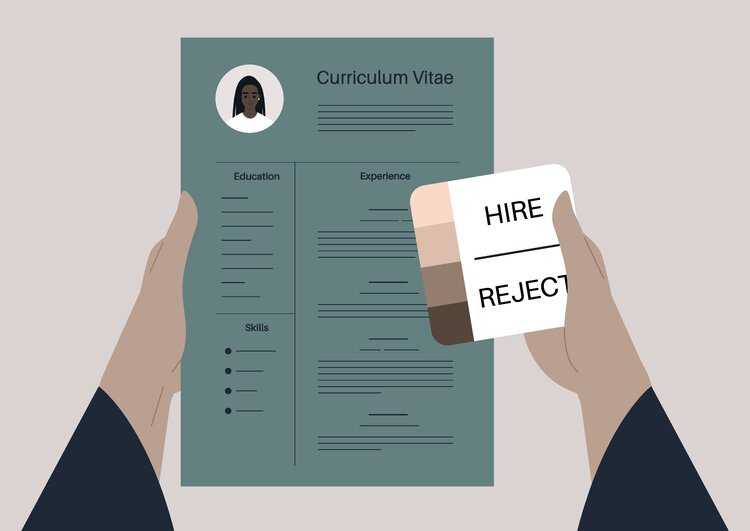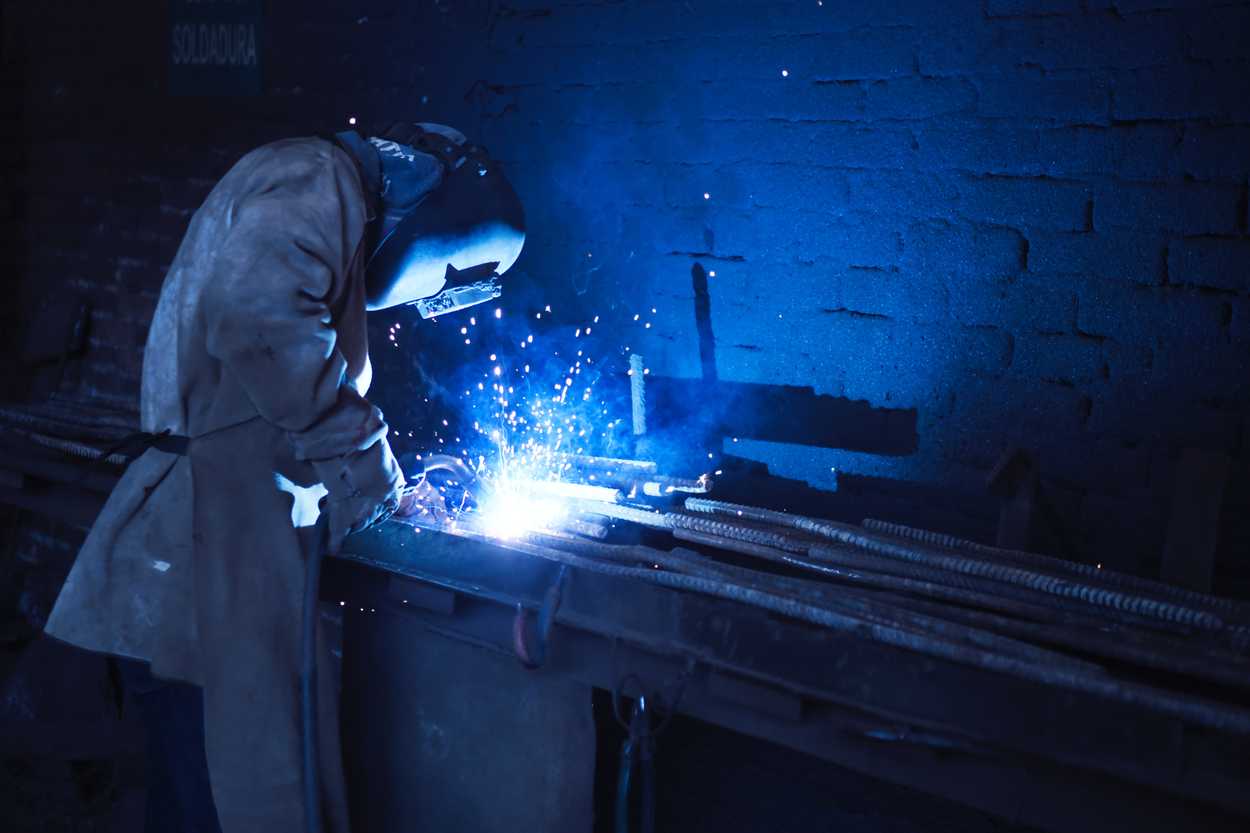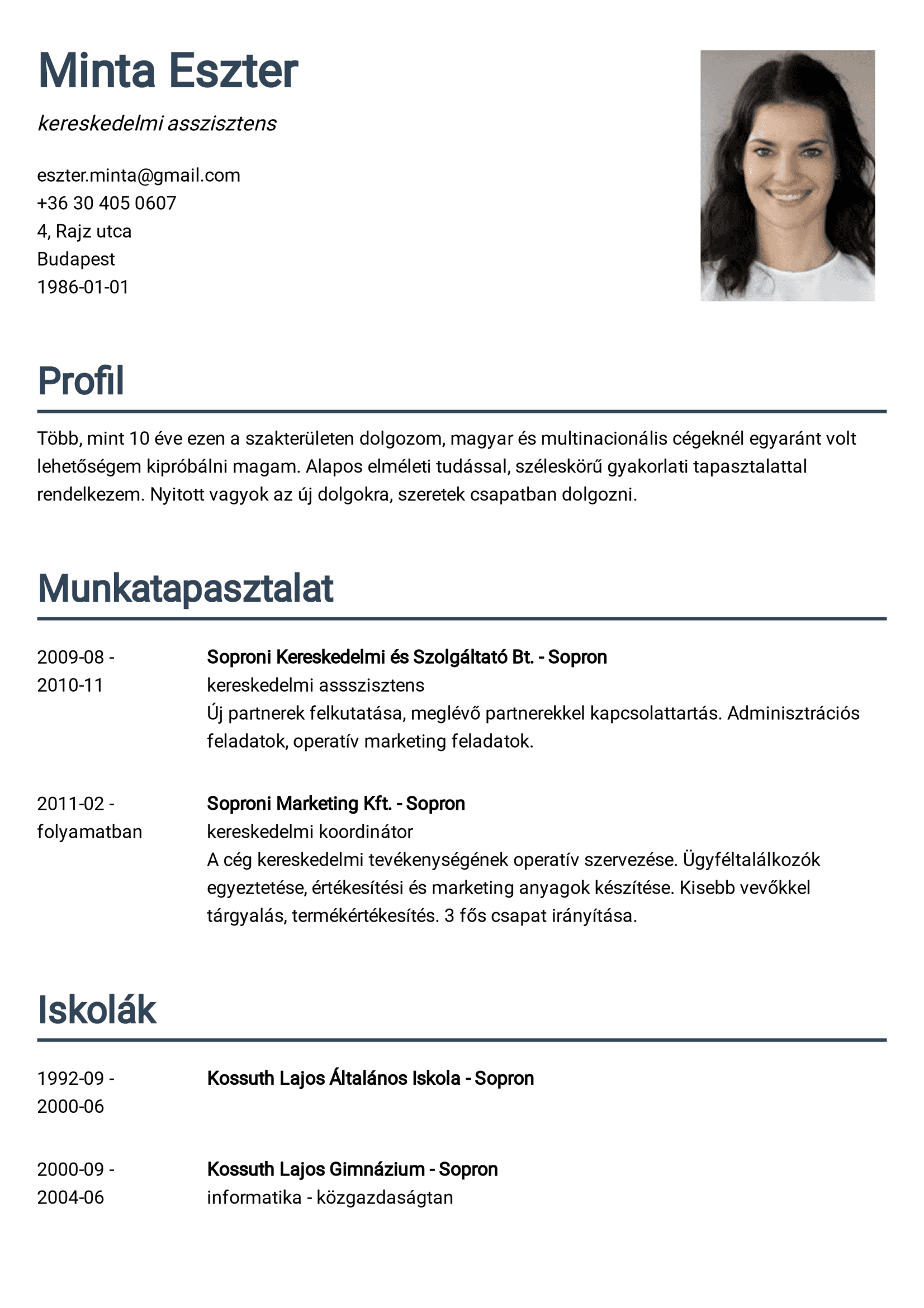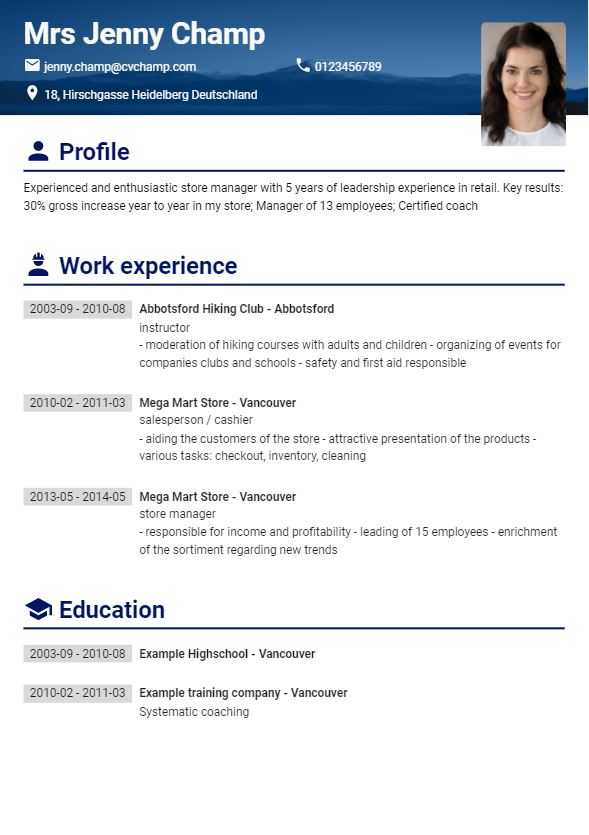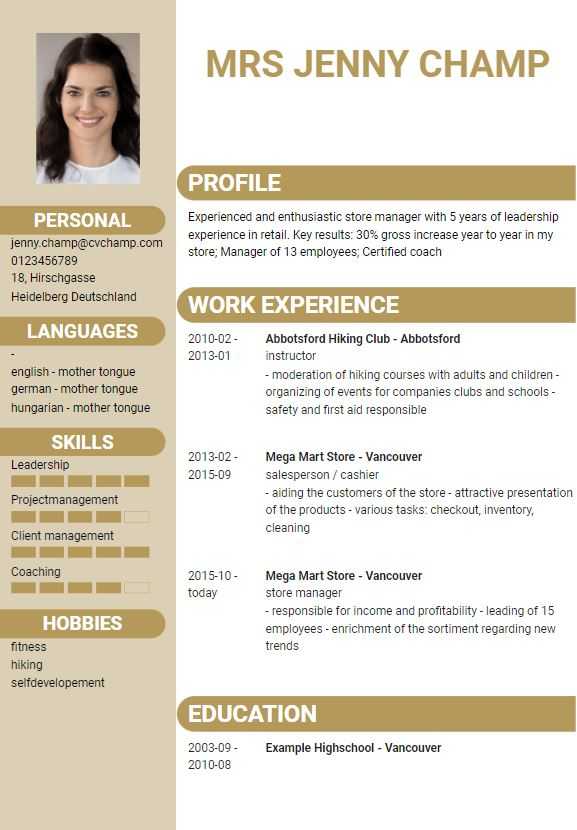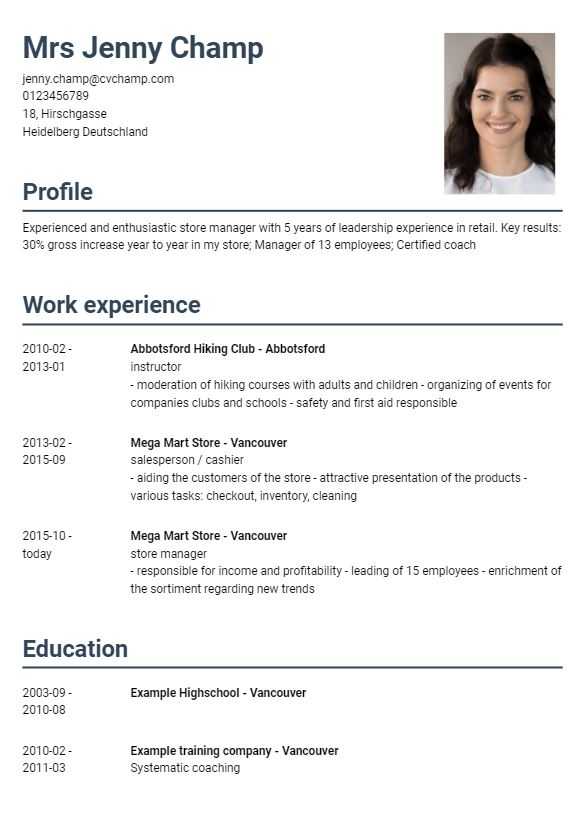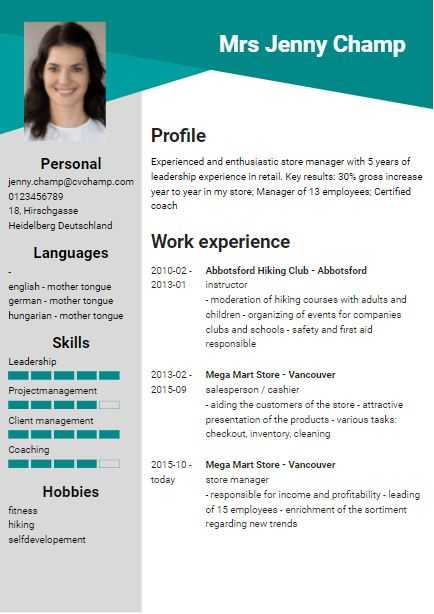

Resume Types - Choose the Right One for You!
There are many types of resumes, depending on the purpose for which it is written and what it should emphasize. We help you find the right resume for you!
The most common resumes are chronological resumes, functional resumes, combined resumes, targeted resumes, digital portfolios, creative resumes, mini-resumes, entrepreneur resumes, and Europass resumes.
With so much variety, it should be easy for you to choose a resume! :) In this article, we help you navigate the variety of options by presenting the advantages and disadvantages of the most common resume types and explaining when you should use them.
Glossary :)
No, we don't want to write a law instead of an article, but before we get to the content, it's worth clarifying some terms that are still too often used but have lost much of their meaning today.
Traditional Resume
A traditional resume is a document in essay style, where all information is written in complete sentences and divided into paragraphs. Nowadays, the traditional resume is as rare as the white raven. The reason is that it has more disadvantages than advantages: You can demonstrate your skills and writing ability, but in return, you get a document that is much harder to read and slower to understand, which HR managers want to avoid if possible.
Professional Resume
A resume becomes more professional when it emphasizes work experience, previous activities, and successes. Nowadays, all companies expect this information to be included in your resume, so discussing a separate resume is no longer necessary.
The Most Commonly Used Types of Resumes
In general, the types of resumes introduced in this chapter make up the vast majority of resumes. If you don't have a specific reason to use one of the rare types, you will most likely start your application with the chronological type.
Chronological Resume
It is also known as the American resume. This is the most common form of resume, where you present the information chronologically. You list the most recent experiences and jobs in the first section and then chronologically backward to those before.
Chronological resumes are very popular with HR managers because of their transparency. To make it more reader-friendly, arrange your work experience in reverse chronological order! HR managers are first interested in your most recent experiences. That's understandable if you have decades of experience, but no one wants to know your experiences at your first summer internship! :)
Chronological resumes have, like other types of resumes, of course, advantages and disadvantages:
Advantages:
Easy to understand: The chronological resume follows a simple and logical structure that everyone can understand. The information is arranged chronologically so you can easily see how your career has developed.
The structure exudes trust: A chronological resume usually describes the most important aspects, such as work experience and studies. This can provide a credible and reliable picture of your career for employers and HR managers.
Perfect to present your career development: The chronological order of the resume allows you to clearly present the development of your career. Those who follow your development from the beginning of your career can better assess how you have developed professionally over the years.
Emphasis on positions and achievement: A chronological resume is a good way to clearly define each phase of your career. It's best to write your main duties and achievements in bullet points. Suppose a previous position is of particular interest for the position you are applying for. In that case, describe this position in more detail and use more bullet points than others. This way, the HR manager gets useful information and shows that you are serious about your resume by putting more effort into it.
Disadvantages:
Highlighting gaps: If there were periods in your career when you were not working or were engaged in irrelevant jobs, the chronological resume highlights these gaps. So, always fill in the gaps in your resume! It's not bad to write that you traveled during a certain period, cared for your family, or cared for a loved one.
Tip: Do you often see the "Active job search" point in your resume? If you had several periods in your career when you were between two jobs for more than three months, this can cause a lack of confidence in HR managers. So it's worth making these periods less unclear - you've filled your days with something meaningful! For example: "Further education," "Family - Focus," and "Moving" sound much better to an HR manager than "Job search."
Monotony: If you have worked in the same position in the same field for a long time, a chronological resume can become boring and not show your versatility. You can compensate for this by going into sub-sections on special projects you were involved in, changes in your professional role, and successes. A common mistake is that applicants who have performed the same tasks in different companies in successive jobs copy the tasks in points individually. This creates the impression that the applicant has always done the same thing, no matter where he worked, and also clearly shows that he has put little effort into his resume. In such a situation, focus on the differences between the jobs instead.
Example of a monotonous list:
2022 Jan - Maxi Market - Business Manager
- Customer service
- Staff management
- Store management
- Inventory
2020 Feb – 2021 Dec - Super Store - Business Manager
- Customer service
- Staff management
- Store management
- Inventory
2015 Feb – 2020 jan - Mini Store - Business Manager
- Customer service
- Staff management
- Store management
- Inventory
Example of a correct list:
2022 Jan - Maxi Market - Business Manager (25 employees, 2 department managers)
- Strategic business management
- Assortment planning, purchasing
- Responsibility for achieving goals 2020 Feb – 2021 Dec - Super Store - Store Manager (7 employees)
- Operational market management
- Planning and execution of promotions
- Staff development 2015 Feb – 2020 Jan - Mini Abc - Business Manager (4 employees)
- Operational branch management
- Planning of work schedules
- Inventory
Positioning of Additional Information: In a chronological resume, the basic information is presented in chronological order, so additional information and skills can sometimes take a back seat. To compensate for this, you can create a two-column resume listing your skills in the left column. You can also list your skills in the introduction. Want to read more about what makes a perfect introduction in a resume? Read our article about it!
Summarizing the above, it's no wonder most applicants choose a chronological resume. But other exciting types of resumes might be better suited for you!
Functional Resume
A functional resume is an alternative approach to writing a resume that differs from the structure of a chronological resume. In this case, the focus is on your skills, abilities, and achievements, not chronological order. This can be useful if you want to show diverse experiences in your career or if you are applying for a position where you have no experience but have skills and knowledge. You mustn't just list your competencies, but always specify the level of each competency. An excellent addition to a functional resume is also a digital portfolio, where you can showcase your past successful projects.
Advantages:
Highlighting Skills and Abilities: A functional resume focuses on your skills and abilities and highlights them. This can be particularly useful if you have a wide range of diverse experiences and want to be immediately noticed by the employer.
It Can Eliminate Time Gaps: If, for example, you haven't worked for a long time or have changed jobs frequently for some reason, you can avoid emphasizing such jumps with a functional resume. However, it should be noted at this point that functional resumes are not accepted for about 90% of positions for precisely this reason.
Highlighting Transferable Skills: If you are pursuing a career in a different field or industry and want to transfer your experiences, a functional resume is a way to highlight your relevant skills and experiences.
Disadvantages:
Lack of Timeline: The functional resume omits the chronological structure and does not show the career development. This makes the HR manager's job more difficult, as he/she cannot see from the resume how many years of experience you have in the individual areas.
Knowledge of Hidden Weaknesses: Since the functional resume does not show the entire career of the resume writer, it sometimes raises suspicion among employers who feel that the resume writer is hiding a problem or weakness. If you're applying for a position where long-term and predictable collaboration is of the utmost importance (90% of positions), we do not recommend this type of resume!
In general, we recommend the functional resume for positions where changes are the fundamental nature of the work, and it is not typical for employers and employees to work together for many years. Examples include project-based work, such as consulting, design, and audit. Especially in knowledge-intensive areas, it may be tempting to use a functional resume (e.g., research, IT development, engineering), but for these positions, we recommend the next type of resume in the series, the combined resume!
Combined Resume
The combined resume is another popular approach to resume creation that combines elements of traditional chronological and functional resumes. Of course, this type of resume has pros and cons, with the advantages clearly outweighing. The combined resume thus clearly stands out among the resume types!
Advantages:
Highlighting Skills and Experiences: At the beginning of the combined resume or in a highlighted sidebar, list the skills and relevant experiences you offer the employer. This helps to immediately attract attention and highlight the strengths of the resume writer.
Chronological Structure: The combined resume also contains a chronological career overview. This gives HR managers an overview of your career and professional development stages.
Flexibility: The combined resume offers a flexible structure that allows you to highlight your strengths and relevant experiences while maintaining a chronological overview.
Machine Readable: Many career management systems or job search portals allow HR managers to search for keywords. These keywords are usually professions, job titles, or skills and competencies. The combined resume offers search engines all this on a silver platter, ensuring that HR managers looking for applicants with your competencies can easily find you!
Disadvantages:
First Impression: In this type of resume, you present your skills and experiences before continuing with the chronological part. This can be confusing for some HR managers. Remember that the first reading of your resume usually lasts less than a minute, and experienced HR managers can decide the fate of an application in just a few seconds. A good solution to this problem is a multi-column resume, where you list your skills in the left column and your work experience in chronological order in the broader column on the right side.
More Complex Preparation: A combined resume combines functional and chronological elements and can be more complex to prepare than a traditional chronological resume. Even experienced Word users can have difficulties with this type of resume, especially if you want to create a resume with multiple paragraphs.
Europass Resume
The Europass resume, supported by the European Union, is also a popular form of resume. The Europass resume is a free, standardized, and normalized resume format developed by the European Union to facilitate the job search for EU citizens. At first glance, it sounds good, but to be honest, we do not recommend the Europass resume template to anyone :) Why is that?
The Europass resume is a chronological resume for which the EU authorities have developed a standardized template. The main disadvantage of the Europass resume is that it is very rigidly structured and does not offer enough space and opportunity to present your competencies.
Another disadvantage is that the Europass resume template - let's be honest - could be nicer and more exciting. Nowadays, when hundreds of people apply for a better position, it is in every applicant's interest to stand out from the crowd, which is much more difficult with a standard resume.
Rarely Used Types of Resumes
There are some positions where the resume must deviate from the usual format. Just think of a job as a graphic designer - a perfectly designed resume with unique graphics is a great way to present your skills in practice. However, if you are not in such a specific situation, using less common types of resumes luckily means only much more work but could also put you at a significant disadvantage in the selection process.
Targeted Resume
You tailor this type of resume to the position and only highlight the related experiences and skills. Since it is generally advisable to tailor your resume to the position you are applying for, a targeted resume is not necessarily a separate type.
How can you make your resume "targeted"? Focus on your work experience and relevant skills for the position you are applying for. For example, suppose you are applying for a leadership position and have not worked in a leadership role in the last two years but have had leadership experience. In that case, it is worth expanding these experiences to highlight them visually and content-wise! You have plenty of opportunities to make this "weighting" in a chronological, combined, or Europass resume. Another option is to hint in your resume's introduction about the position you want to apply for.
Online Resume or Digital Portfolio
You provide this type of resume on the internet or other digital platforms. It often contains multimedia elements such as videos, photos, and links. Therefore, it is especially recommended for people who can present their work well in this way. For example, creative professionals such as journalists, graphic artists, designers, or even architects can benefit from this format. An elegant way to do this is to insert a link to your digital portfolio into one of the resumes described above.
Creative Resume
Of all types of resumes, the creative resume, by far, offers the most opportunities for personal creativity. You can express yourself using visual elements, colors, and unique layouts. However, you have to give up some transparency for aesthetics. Therefore, this type of resume is only recommended for designers and graphic artists. For all other professions, using an established resume template is more sensible.
Mini Resume
It is a short document, usually one page long, that contains the most important information and aims to briefly describe the most important skills and experiences. Many applicants think a resume fits on one page, especially if they have relatively little experience. This is a misconception! No HR manager does not want to read about your tasks in each job! Want to know what a good career starter resume looks like? Read our article about it!
Entrepreneur Resume
If you run a company or work as an entrepreneur, you can use this type of resume to present your company's story, successes, and goals. In an entrepreneur resume, your personal tasks and successes are intertwined with your company's milestones. This way, your personality takes a back seat, and the focus is on your company itself. Therefore, we recommend an entrepreneurial resume only when you are looking for a partner who is founding or investing in your company.


